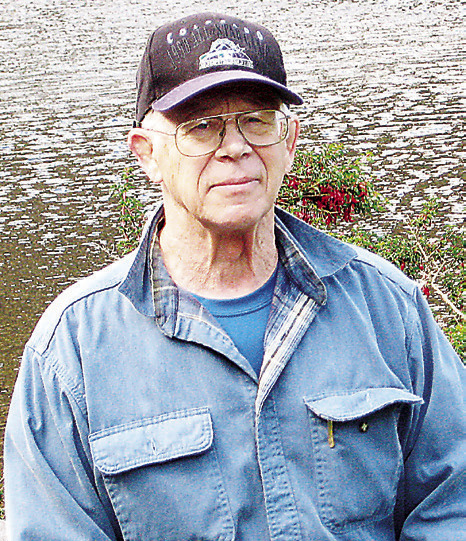The one beneficial thing about the activity or sport of running is that it is a sport for all ages.
Local races in San Marcos will almost always have a “kids 1K” run for children under 12 years of age. There are a few that can be seen in strollers being pushed throughout the race course by a parent. There are some who, at an early age, are very good at running that distance of roughly a half mile. Others sprint for a short distance, walk a little, jog a little, sprint some more and save that big finish sprint to the end where all the friends, volunteers and parents are cheering them on.
At the end of the spectrum are the runners that are classified in the masters, grand masters and senior masters categories — or for the newcomers to running — those runners that are more than 40, 50 or 60 years old.
Years ago when we were just getting this running scene started in San Marcos, the top age group was 40 years or older. After 40 years, organizers of the race always had leftover trophies since very few runners who were more than 40 entered races.
After one race, I was talking to one of these masters runners about why we didn’t see more runners in these upper age groups.
He said that when a race only has the upper age group at 40 years, the runners that are 50 or 60 years old aren’t going to come and try to compete with the younger age groups. We started offering age groups up to 60-plus years.
It took a few races for the word to spread amongst the senior running community that San Marcos has age group awards for runners who were 60 years or older. It wasn’t long before the older age group awards were being handed out to runners who entered in the race. It is still a little lacking for women in these upper age groups, but there are some of our races where all of the awards are gone at the end.
What is happening in some of the longer distance races is that the majority of the lead runners are 40 years or older. One year, Moe’s Better Half Marathon found that 14 out of the top 15 were all more than 40 years old. The best part was that a woman in the 50-years age group took first overall for females.
Many of these beginning runners in the master’s categories enter a race for other reasons than getting an award. It might be the motivation they need to keep running during the week for fitness or it might be a social agenda of running with a friend. There are a few hidden gem runners in these upper age categories who find that the sport of running is easy for them, and with each race, they find that their times are getting faster.
A little research on record times for these upper age groups and the runner finds that, with a little coaching and practice, they can get fairly close to some of these records. What started out as a sport for fitness now finds this runner being ranked in the elite class for their age.
Now there is a new motivational reason for running and entering races. Many of the runners who find themselves in that elite class of runners for their age have been running since high school or college track days. But results are starting to show that there are more of these runners in that elite group who did not even start running until they were in that 50 years age.
At present, most of your local races have the upper years age group of 70 to 99. We are also seeing runners who are in the 80s and above enter the races.
The complaint they will have is that it is tough to compete with those younger runners who are only 70 years. This same reasoning is why the category for the overall masters awards as the older runners didn’t think it was fair to compete against the 20 and 30 year old runners.
Bigger races now have overall grand masters and overall senior masters, so the 50 and 60 year old runners won’t have to compete with the younger 40 year olds.
It will be just a matter of time until race organizers will have to add a new category to the overall diamond masters for those 70 years or older. The name of this category is still to be determined, but it was the best I could come up with on short notice.











